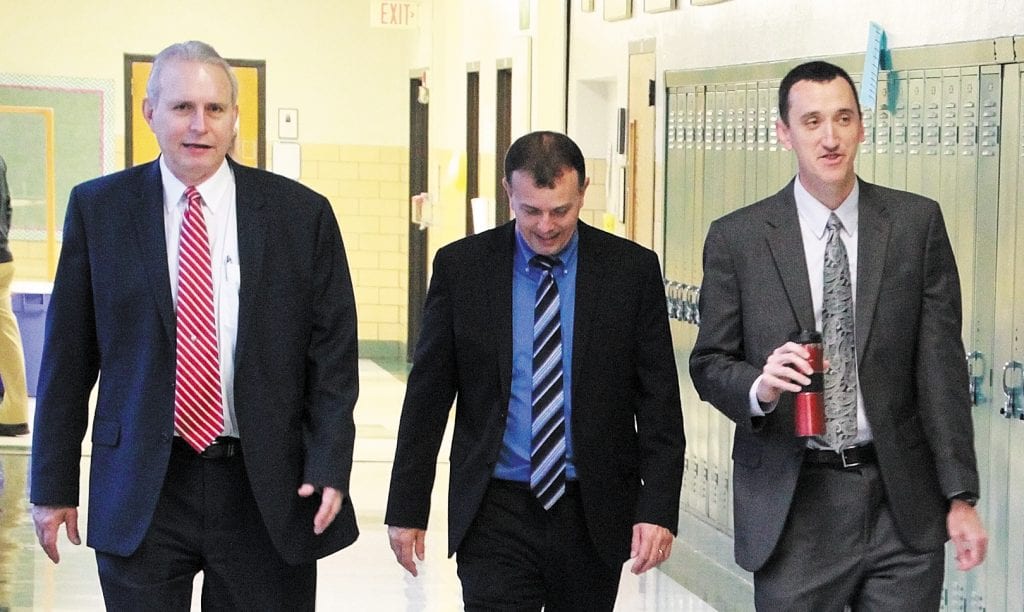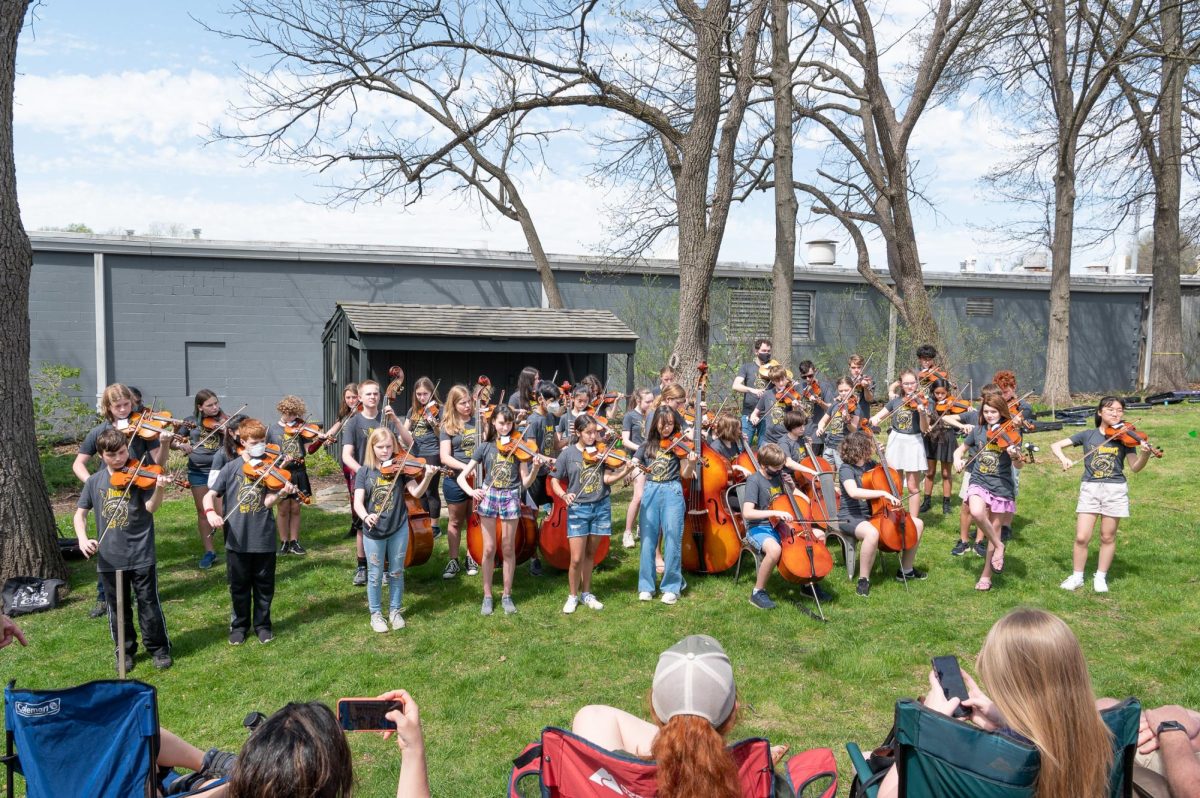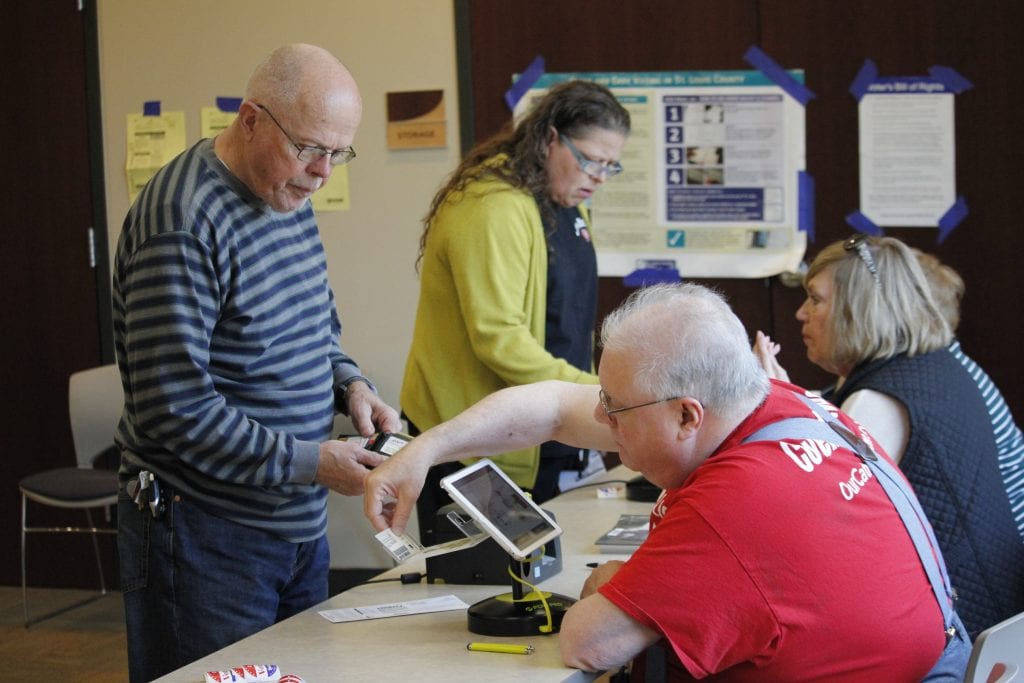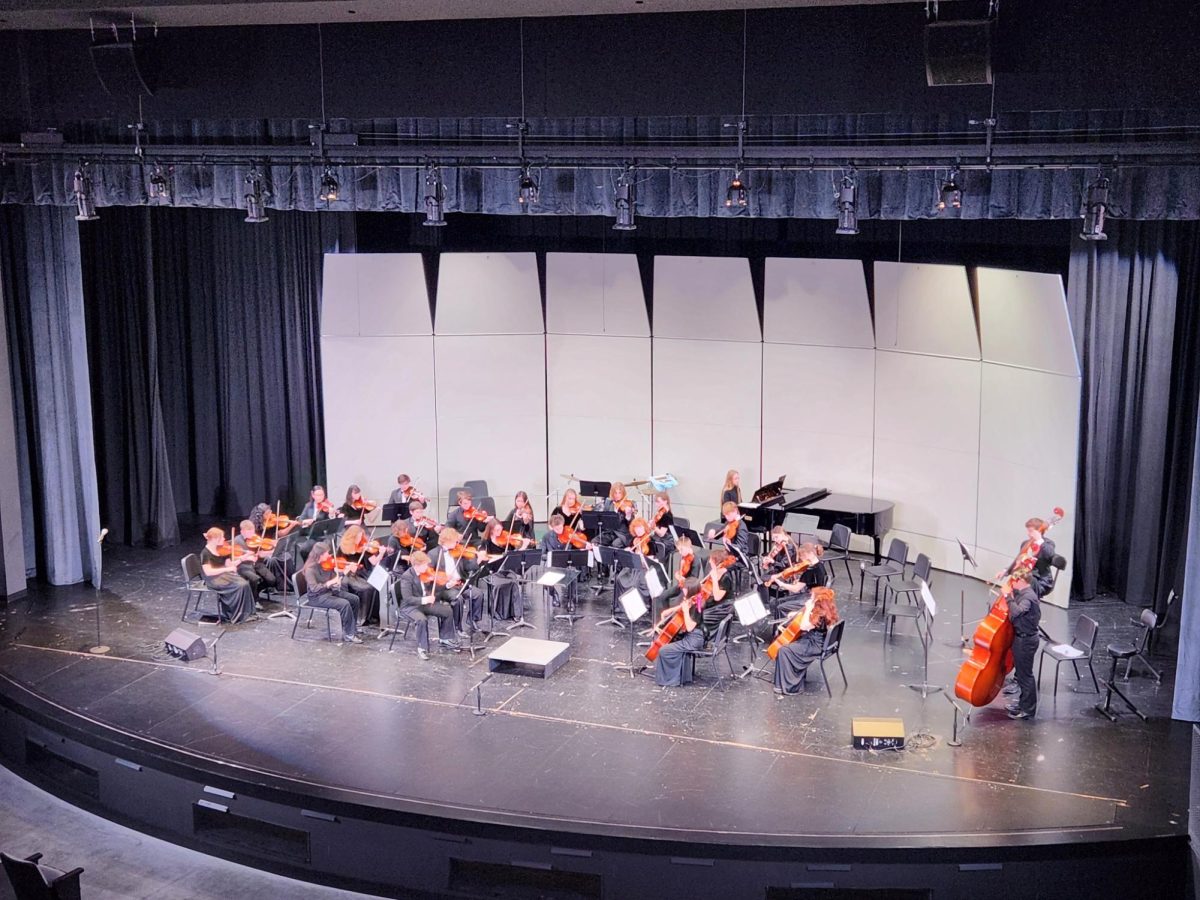By Gloria Lloyd
News Editor
glorialloyd@callnewspapers.com
Thanks to a steep jump in property values across Lindbergh Schools, the school district’s $91 million budget is in better shape than it has been in years.
Every odd-numbered year is a reassessment year, and Lindbergh’s assessed valuation climbed 17 percent in preliminary assessments. Property owners can still appeal those assessments, and the Hancock Amendment to the Missouri Constitution means that the district only gets to increase the actual amount of money it takes in through the inflation rate from the consumer price index.
But higher property values mean the district only gets to increase the actual amount of money it takes in through the inflation rate from the consumer price index.
But higher property values mean the district gets to keep all the increase in new construction. Commercial real-estate values went up more than 22 percent, while residential values went up nearly 19 percent. Assessed valuation topped $1.6 billion, about $250 million more than 2018.
It’s the first budget presented by Superintendent Tony Lake, who began July 1 last year under a budget prepared by former Superintendent Jim Simpson.
To cover the 2019 budget, Chief Financial Officer Joël Cracchiolo said the district will likely roll back the tax rate by more than 40 cents this year and still take in the same amount of money, plus inflation.
The 17-percent spike in values this year compares to a 9.4-percent increase in 2017 and a 4.7-percent increase in 2015. Values went down from 2010 to 2014. Inflation rates have also gone up, after being held at less than 1 percent in 2014 and 2015.
For the last several years at the district’s annual budget workshop, district officials have told the Board of Education that they didn’t have enough money in the budget that year to fund everything they wanted or even felt they needed, such as full-time elementary librarians. One year, former CFO Chuck Triplett even visited a school office to test worn-out carpets to see if their $10,000 replacement could wait another year since the district didn’t have the money.
But Cracchiolo was smiling as she presented the numbers at the 2019 budget workshop held April 23, because she didn’t have to deliver any bad news to the board.
Last year at the budget workshop, Simpson emphasized to board members the importance of the “Lindbergh tradition” of a balanced budget and not dipping into reserves to pay recurring expenses like salaries.
That’s easier in years when the district has more cash on hand, and this year it had an extra $3.7 million to spend. With an extra $1 million in new revenue this year from higher property values and new construction, an increase of $524,400 in sales taxes, plus another $1.7 million from converting to a full formula district with the state, the district is adding several new positions and giving teachers a new salary schedule with average 6-percent raises.
A wave of teacher retirements will save the district about $800,000, which will fund half the raises.
The $91 million 2019 budget calls for $73.3 million in operating expenses like salaries, $2 million in capital projects, $2.2 million in bond funds and $13.7 million in debt service to pay off bond debt.
Monthly bills are $5.5 million. Of the operating budget, 14 percent or $10.7 million goes to purchased services like food service, buses and professional development for teachers. Another 8 percent or $6.3 million goes to supplies like textbooks, utilities and office supplies. The 1.8 percent or $1.3 million that goes to capital expenses funds technology, furniture and facility improvements.
The district receives $65.4 million of its $74.4 million in operating revenue from local taxpayers, $7.8 million from the state and $1.2 million from federal money.
To develop the budget, Cracchiolo and Lake kicked off a new “hybrid zero-based” budgeting system this year. Under zero-based budgeting, it is not assumed that all departments will get the same funds year to year. In the past, Lindbergh carried over the same budget year to year, making small adjustments based on needs or programs ending.
But since going to a full zero-based budget is too much for one year, Cracchiolo said she will implement it in phases. This year she focused on certain departments and reviewed a four-year history of their budgets line by line to see what they historically spend and what they really need.
That analysis yielded $314,366 in savings from creating efficiencies.
Added to the $3.4 million extra the district received from state and local sources, the district had $3.7 million to spend. Of that, $1.6 million went to funding the new teacher salary schedule.





























